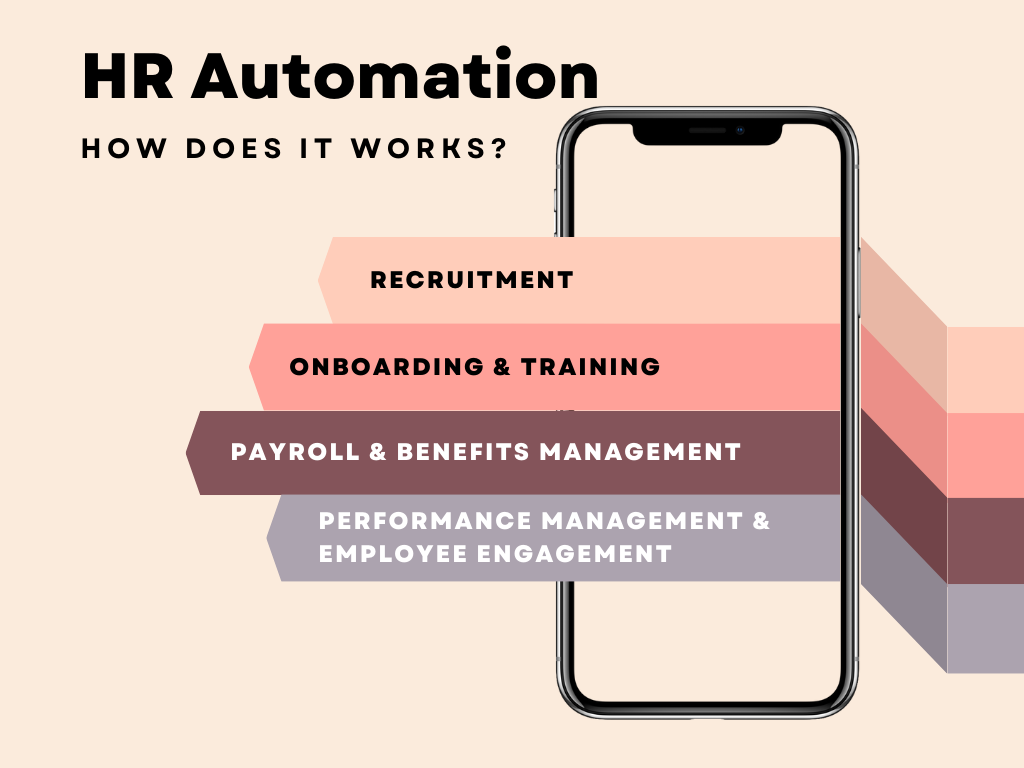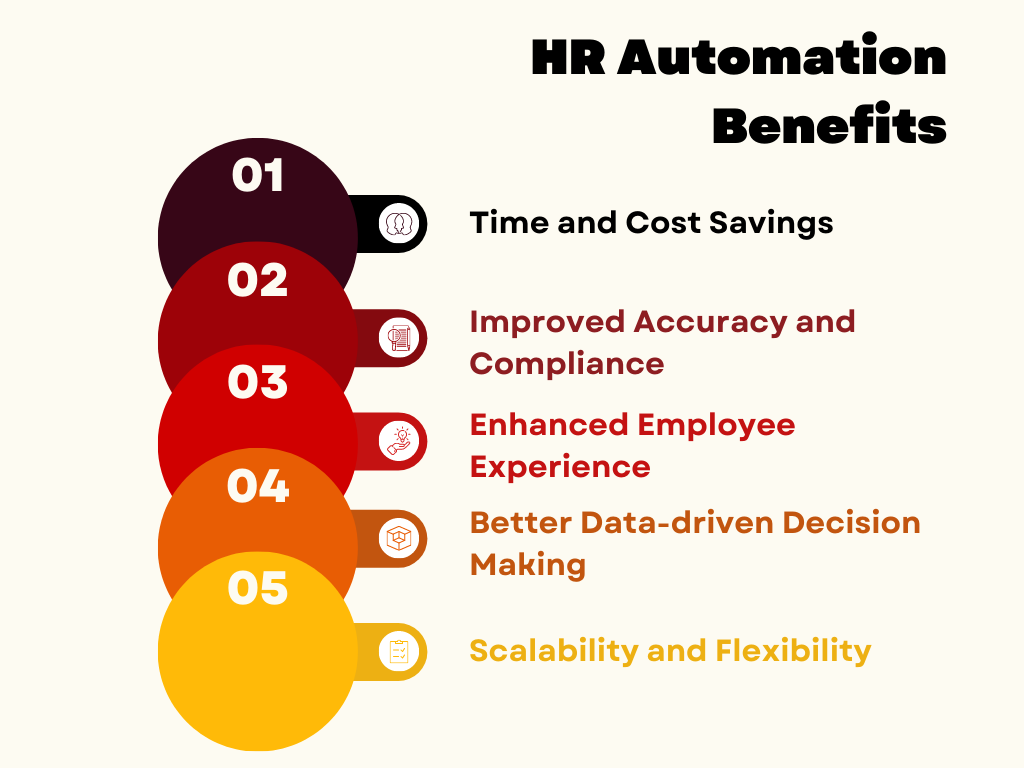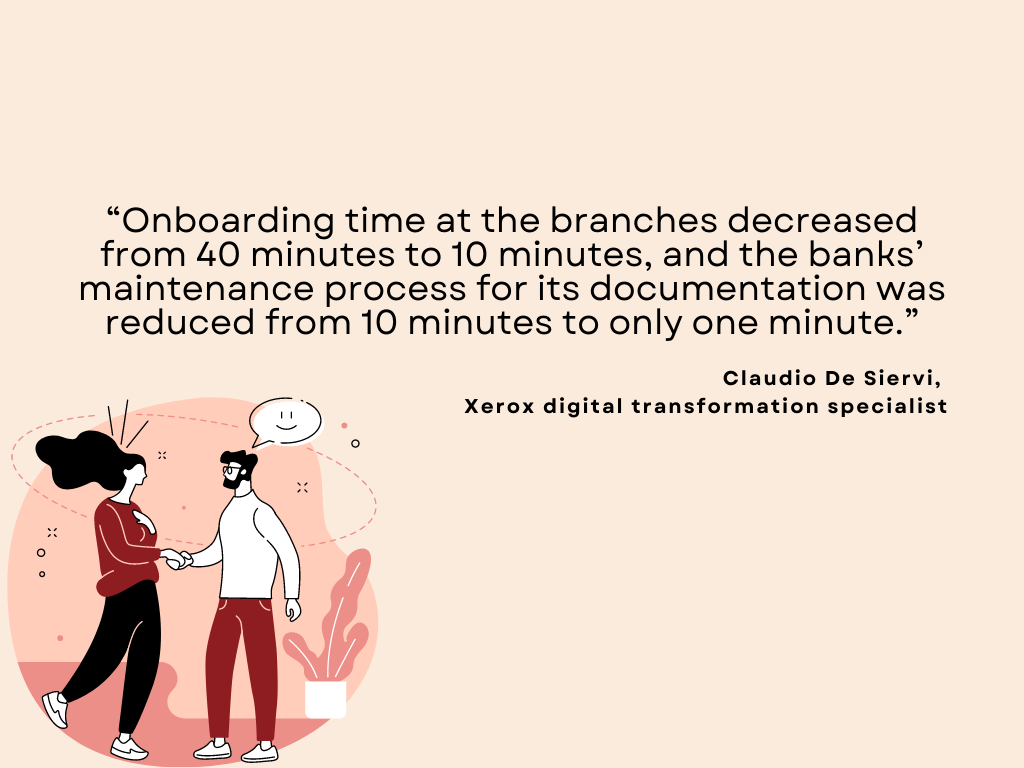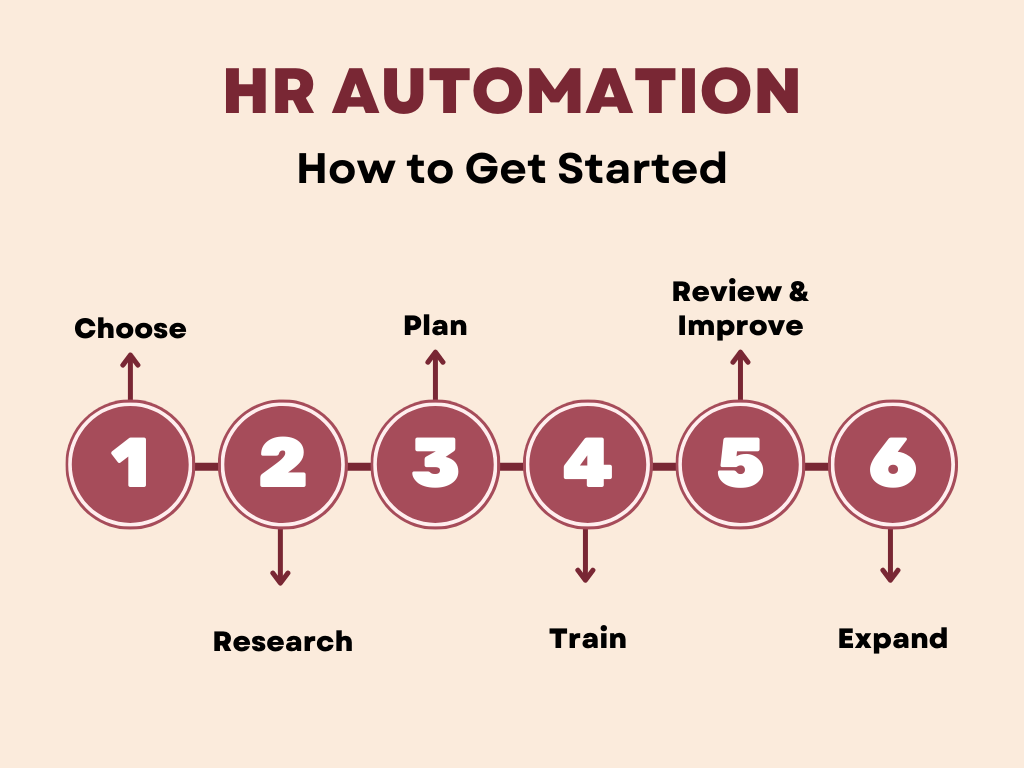Table of Contents:
- What Is HR Automation?
- How HR Automation Works?
- Benefits of HR Automation
- Real-World Examples of HR Automation Successes
- How to Get Started With HR Automation at Your Company
Introduction
Have you been hearing a lot about HR automation recently but aren't quite sure what all the hype is about? Don't worry, you're not alone.
HR automation is one of the hottest topics in the HR tech space right now, and for good reason.
It has the potential to completely transform how you handle many of the routine tasks involved in human resources, freeing you up to focus on the more strategic aspects of your job.
In this article, we're going to break down exactly what HR automation is, how it works, the major benefits it offers, and guide to implement it successfully.
By the end, you'll understand why HR automation isn't just a fad and how it can make your life as an HR pro much, much easier.
The future of work is automated, and HR is no exception.
What Is HR Automation?
What exactly is HR automation? In short, it's using technology to streamline and optimize human resource management tasks.
Things like onboarding new employees, tracking time off, managing payroll, and scheduling shifts.
It involves the use of software, like a Human Resource Management System (HRMS) or Human Capital Management (HCM), to streamline and automate various HR functions such as recruitment, onboarding, performance tracking, payroll, benefits administration, and compliance management.
How HR Automation Works?
HR automation tools can be programmed and customized according to a company's specific needs.
By using machine learning algorithms and artificial intelligence, these tools can carry out human-like tasks without any human intervention.
Typical processes include the following:

Recruitment
Automation in HR begins with the recruitment process.
Tools like Applicant Tracking Systems (ATS) can filter through thousands of applications to find the candidates that best meet the job's specifications.
Some software can even use machine learning algorithms to 'learn' what sorts of candidates the company prefers.
Onboarding & Training
Once the candidates are selected and hired, HR tech like Sanka can automate the onboarding process, creating a smoother transition for new hires.
This includes administering paperwork electronically, providing virtual training, and setting goals and performance metrics for the new employee.
Payroll & Benefits Management
Automated payroll systems can calculate salaries, deduct taxes, and distribute paychecks without any human intervention.
Automated benefits systems can track employee benefits, including health insurance and retirement plans, ensuring accuracy and compliance.
A perfect example of this is the ADP system.
Performance Management & Employee Engagement
Automation tools also make it easy to track and manage employee performance. Tools like 15Five offer features such as goal-setting, real-time feedback, and reviews.
Meanwhile, engagement tools can schedule and analyze employee surveys, giving HR teams actionable insights to improve employee satisfaction.
Benefits of HR Automation

1. Time and Cost Savings
One of the most prominent advantages of HR automation is the time and cost savings associated with automating routine HR tasks.
These tasks, which include employee onboarding, benefits management, and attendance tracking, can be time-consuming and labor-intensive when done manually.
According to a study by McKinsey, automating HR tasks can reduce the time spent on them by 40-60%.
By streamlining and speeding up these processes, HR automation allows HR departments to focus on high-value activities such as talent acquisition, employee engagement, and driving business success.
Furthermore, reducing employee burnout, which is often caused by repetitive and mundane tasks, can lower the risk of high employee turnover – a significant cost for businesses.
2. Improved Accuracy and Compliance
Reliance on manual processes can lead to inaccuracies and inconsistencies in HR data.
Automation helps mitigate this issue by streamlining data management, ensuring that accurate information is available to make informed decisions.
A survey by Deloitte indicates that 83% of companies find it easier to track compliance with automation, especially those related to labor laws, taxes, and benefits.
HR automation also assists in maintaining records in a centralized system, making it easier to audit and comply with regulations like the General Data Protection Regulation (GDPR) and the Health Insurance Portability and Accountability Act (HIPAA).
By ensuring regulatory compliance, companies can avoid fines and protect their brand reputations.
3. Enhanced Employee Experience
Employee experience is now a top priority for companies in their quest to attract, engage, and retain top talent.
HR automation plays a key role in improving this experience by providing employees with easy access to self-service features and personalized interactions.
By automating tasks such as benefits enrollment and time-off requests, employees can access and manage their information more efficiently, ultimately improving overall satisfaction.
HR automation also eases collaboration and communication between employees and HR, driving a sense of empowerment and fostering stronger relationships within the organization.
4. Better Data-driven Decision Making
Automation helps HR teams harness the power of data to make informed, strategic decisions.
Through the use of automated HR systems, organizations can gather and analyze employee data, including performance metrics, turnover rates, and employee satisfaction, to generate valuable insights.
As highlighted by Forbes, leveraging HR analytics can lead to better talent management and optimized workforce strategies.
These insights can also inform decision-making in areas such as workforce planning, compensation, and employee development.
By leveraging data-driven decisions, HR leaders can effectively address HR challenges and support their organizations' strategic goals.
5. Scalability and Flexibility
HR automation allows companies to efficiently adapt to evolving business needs as they grow and change.
Automated HR systems can easily accommodate the addition of new employees, changes in company structure, and modifications in compensation and benefits packages.
Moreover, HR automation can be a critical success factor for organizations during periods of rapid expansion.
By providing flexibility and scalability, HR automation ensures that the HR function remains effective and agile as the organization develops, maintaining equilibrium between employee needs and business objectives.
Real-World Examples of HR Automation Successes
Real-world examples of companies finding success with HR automation are everywhere. Let’s look at a few notable cases:

Unilever Streamlined Recruiting
The consumer goods giant Unilever receives over 1.8 million job applications each year.
To manage this volume, they implemented an AI-based screening software to review applications, score and rank candidates.
This automation allowed recruiters to focus on the top candidates, reducing time-to-hire by over 50% and saving $1M annually.
Xerox Simplified Onboarding
Xerox Corporation found that HR staff spent over 23 hours onboarding each new employee.
They implemented an automated onboarding system to handle administrative tasks like benefits enrollment, payroll setup, and compliance training.
This reduced onboarding time by over 40% and allowed HR staff to spend more time personally welcoming new employees.

ADP Automated Payroll
ADP, a leader in payroll and HR services, relies heavily on automation and AI in their own operations.
ADP’s payroll software handles over 26 million paychecks each year in the U.S. alone.
By automating data collection, calculations, reporting and compliance, their technology allows small companies to handle payroll in-house and large enterprises to scale efficiently.
ADP’s success demonstrates how powerful HR automation can transform critical back-office functions.
How to Get Started With HR Automation at Your Company
So you’ve decided to automate some of your company’s HR processes.
Excellent! HR automation can save time, reduce errors, and allow your team to focus on more strategic work.
To get started, here are some steps to implement HR automation at your company:

Choose which processes to automate
Look for repetitive, high-volume tasks that currently require a lot of manual input, like onboarding new hires, payroll, benefits administration or performance management.
Start with automating one process before moving on to the next.
Research the best tools
There are many HR automation tools and software options available, like Sanka, BambooHR, Zenefits, and Gusto.
Compare options based on your needs and budget. Look for tools that integrate well with your existing HR systems.
Plan your implementation
Map out how the new tools will impact your team and processes. Develop a timeline for launching each new automation and train your staff.
Start with a pilot program if possible, to work out any issues before a full roll-out.
Train your team
Your HR team and managers will need to learn the new tools and technology.
Provide hands-on training and give staff opportunities to ask questions. Make cheat sheets or video tutorials as resources.
Review and improve
Once you’ve launched your new HR automation tools, monitor their effectiveness and look for ways to optimize.
Get feedback from your staff and make any necessary changes to ensure maximum efficiency and adoption.
Expand automation over time
After successfully automating your initial HR processes, look for ways to further digitize and streamline other areas of your HR department.
Continuous improvement and innovation will make your HR team a strategic partner in your company’s success.
Conclusion
In essence, HR automation works by leveraging the power of technology to perform an array of tasks that were traditionally managed by humans.
The benefits to your organization and employees are huge, from saving time to reducing errors to improving the employee experience.
The technology is ready, the leading tools are robust yet affordable, and the ROI can be significant.
By implementing automation, businesses can streamline their HR processes, eliminate the risk of errors, and allow their HR personnel to focus on more strategic, high-value tasks.
This in turn, improves the company's overall efficiency, productivity, and profitability.
The future of HR is already here, and it's automated. Is your business ready to embrace the change?








